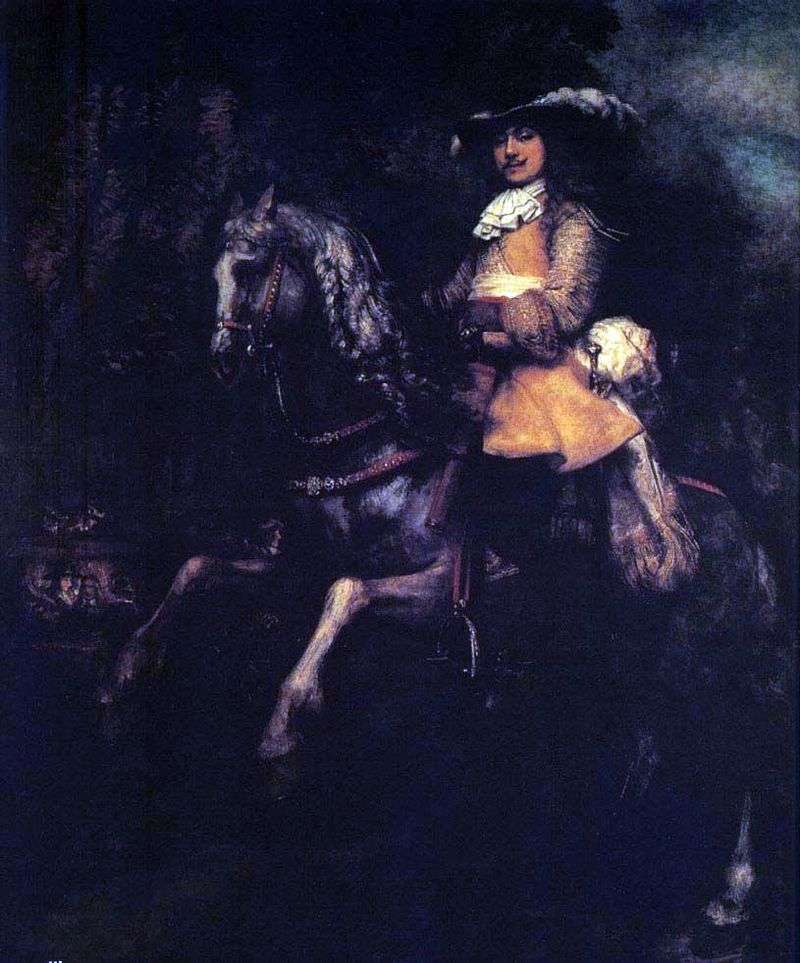
The painting of the Dutch painter Rembrandt van Rijn “Frederick Riel on horseback” or “Equestrian portrait of Frederick Riel”. The size of the painting is 282 x 248 cm, oil on canvas. In real portraits of the artist of the late 50s and early 60s of the 17th century: there are many contradictory pictures in the sketches of patrician Jan Sixs, sketches of unknown young Jews or in the nameless Two Negroes, the spirit of Rembrandt’s contradictions permeates the work of Dr. Deiman’s Anatomy, preserved only in separate fragments.
At this time, probably, only a small number of custom-made works arose, the most important are two almost simultaneous compositions: “The Conspiracy of Julius Tsivilis” and “The Group Portrait of the Syndics of the Woolen Shop” In an ironic opposition, in a dialectical reflection, they embrace the past and the present, reality and truth, the power and boundaries of the human collective.
The profound content of these paintings was that man, this “misunderstanding” and “chaos”, this “contradiction in itself” and yet “something wonderful”, “keeping the truth”, on the other hand, this “vessel of uncertainty and mistakes, “this” garbage and glory of the universe “, is becoming increasingly powerful in the affirmation of life, the possibility of existence depends only on his decision that this person is revealed in the constant development and formation of his own kind, in the words of Spinoza.
Of course, this content, never expressed in words, was expressed by the Dutch artist Rembrandt colors and form. It matured in the solemn silence of the “Blessings of Jacob”, it transforms the heroes of the paintings “Polish Horseman” and “Frederick Riel on a horse” into knights without fear and reproach, like the sun it flashes in the armor of “Alexander”.
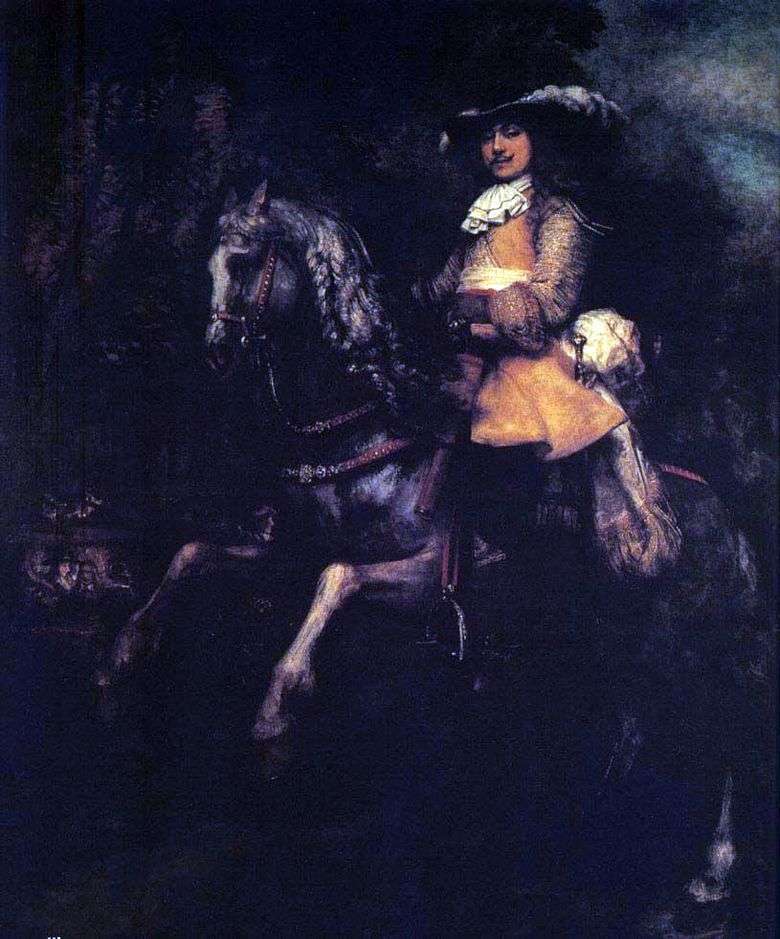 Frederick Riel a caballo – Rembrandt Harmens Van Rhine
Frederick Riel a caballo – Rembrandt Harmens Van Rhine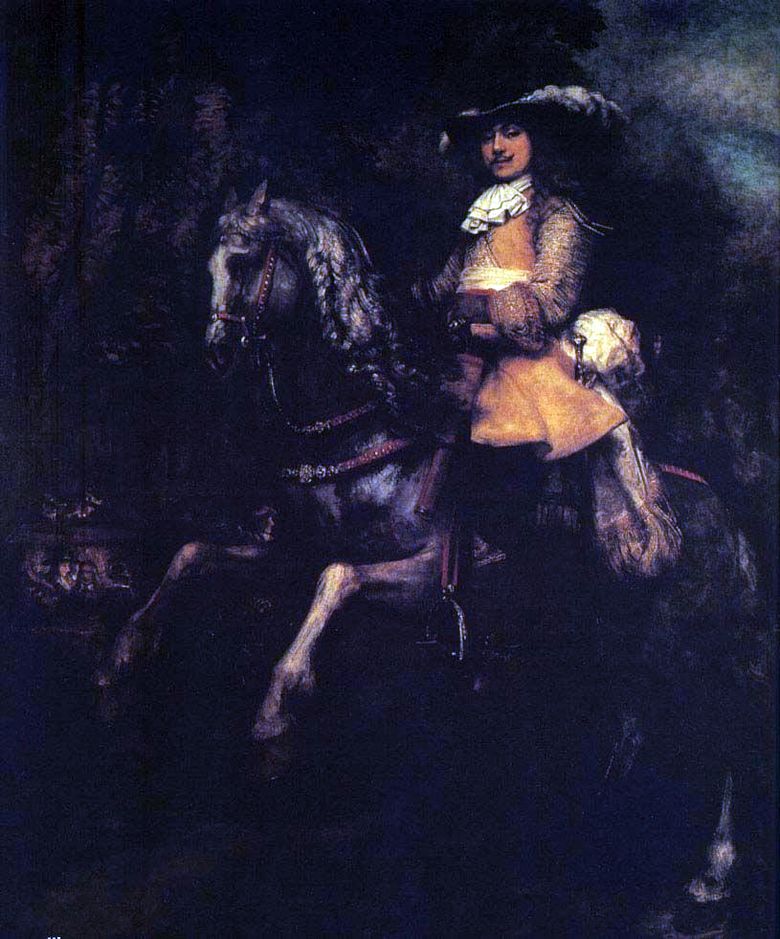 Frederick Riel à cheval – Rembrandt Harmenszoon Van Rijn
Frederick Riel à cheval – Rembrandt Harmenszoon Van Rijn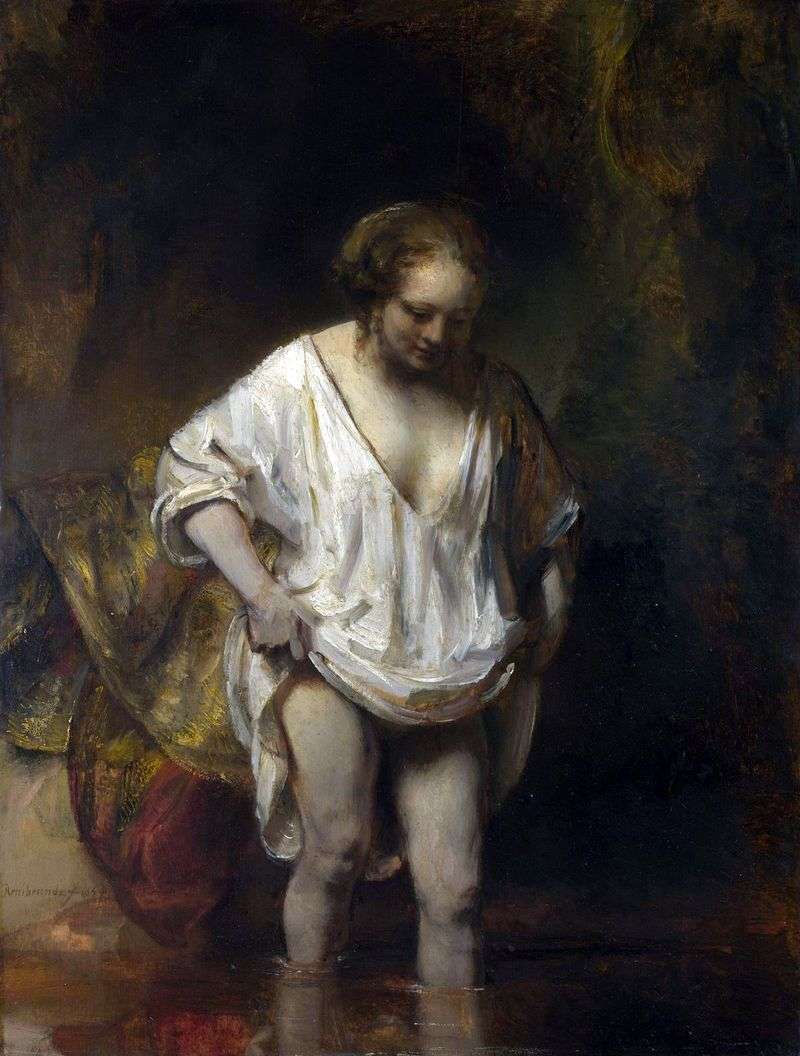 Hendrickje entering the river by Rembrandt Harmens Van Rhine
Hendrickje entering the river by Rembrandt Harmens Van Rhine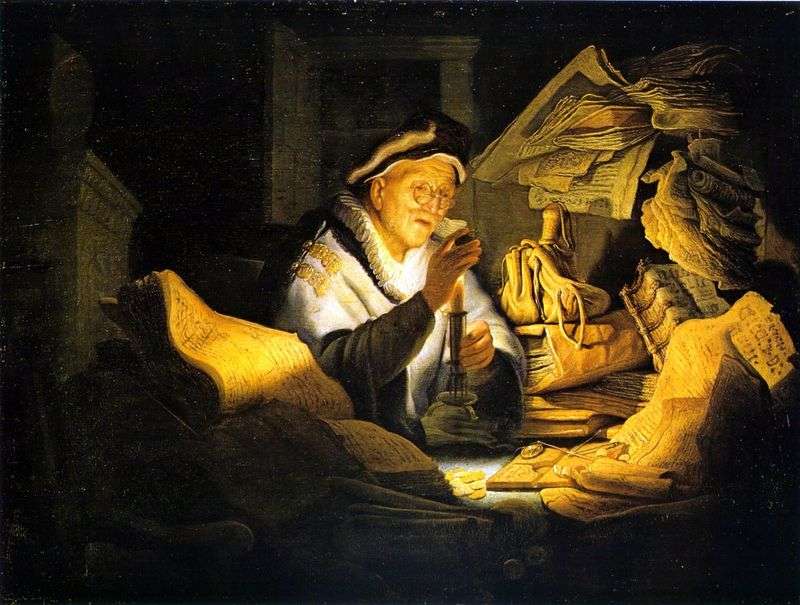 The Parable of the Rich Man by Rembrandt Harmens Van Rhine
The Parable of the Rich Man by Rembrandt Harmens Van Rhine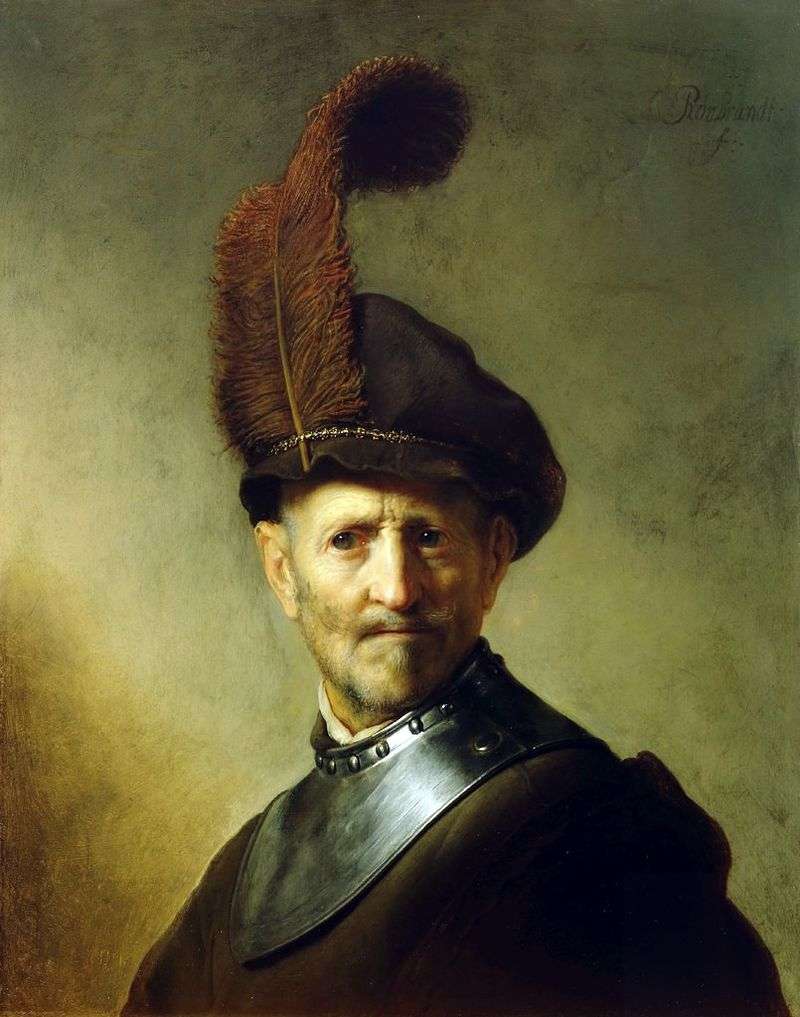 Portrait of an Old Warrior by Rembrandt Harmens Van Rhine
Portrait of an Old Warrior by Rembrandt Harmens Van Rhine Saskia van Eilenburg by Rembrandt Harmens Van Rhine
Saskia van Eilenburg by Rembrandt Harmens Van Rhine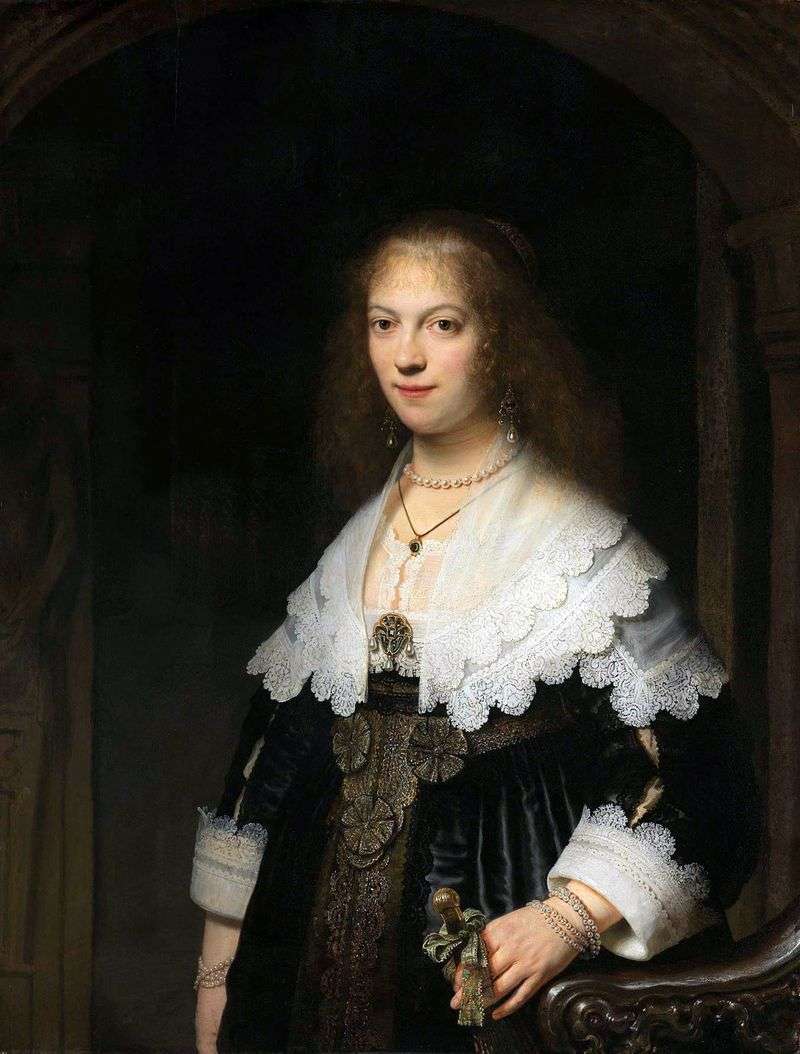 Portrait of Maria Trip by Rembrandt Harmens Van Rhine
Portrait of Maria Trip by Rembrandt Harmens Van Rhine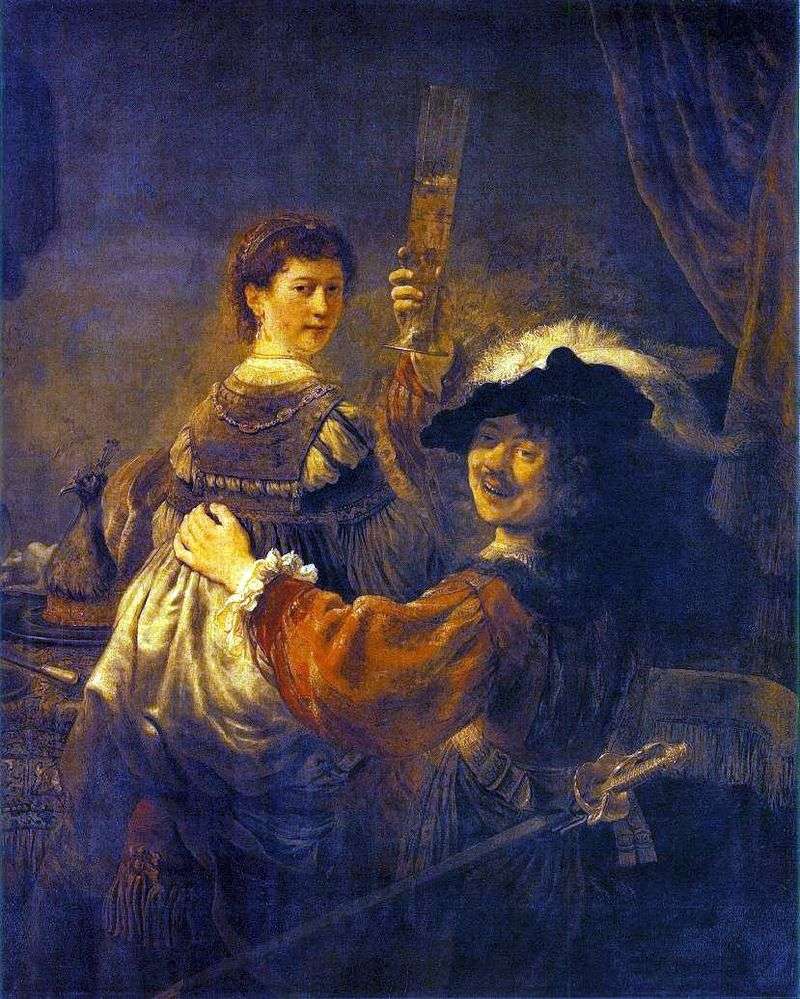 Fun Society (Self-Portrait with Saskia on Your Lap) by Rembrandt Harmens Van Rhine
Fun Society (Self-Portrait with Saskia on Your Lap) by Rembrandt Harmens Van Rhine